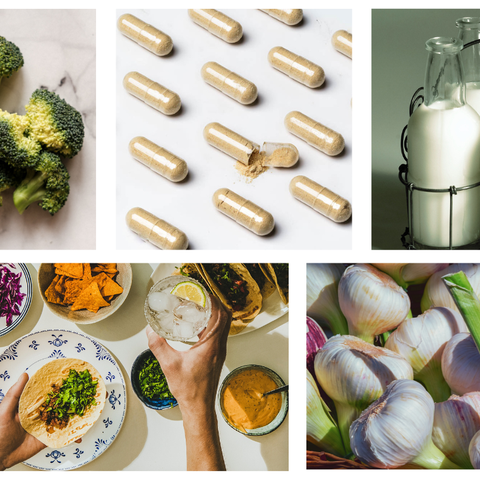Traditional treatment for painful menstruation

Agnus castus or chasteberry is a bush that thrives in the Mediterranean in riverside and coastal areas and is traditionally used to normalize the hormones of the female reproductive system and promote female fertility.
Agnus castus also has beneficial effects for premenstrual syndrome as it has opioidergic, antiinflammatory, dopaminergic, and antiproliferative properties. It contains several bioactive elements, such as flavonoids and iridoids, to which it owes its beneficial properties that make it a popular herb worldwide.
Its best-known actions concern the improvement of women's lives, as it helps to balance hormones, especially in women who face problems with menstruation or infertility.
It is traditionally used for the following:
- Premenstrual syndrome
- Dysmenorrhea
- Polycystic ovaries
- Menopause symptoms
- Infertility
According to science, agnus castus works by reducing levels of the hormone prolactin, which helps balance other hormones, including estrogen and progesterone, thereby reducing symptoms of PMS and also:
- Cramps
- Chest pain
- Constipation
- Migraines
In two studies, women with PMS were given agnus castus, 20 mg per day for three menstrual cycles. Women in the group reported a reduction in symptoms such as irritability, mood swings, headaches, and breast pain.
It enhances fertility
Women having trouble getting pregnant may also benefit from agnus castus because it reduces prolactin, a hormone that is increased in people experiencing conditions of stress. This influences mostly women with luteal phase disorders.
These conditions affect the period after ovulation, which is the second phase of the reproductive cycle, and are associated with high levels of prolactin, making it difficult for women to become pregnant.
In one study, women with high prolactin levels were given either 40 mg of agnus castus or medication. Agnus castus was as effective as the drug in reducing prolactin levels. In another study, 93 women who had tried unsuccessfully to get pregnant were given a dietary supplement containing agnus-castus for three months.
After three months, women in the agnus castus group experienced improved hormonal balance, and 26 percent became pregnant. By comparison, only 10 percent of women in the placebo group became pregnant.


